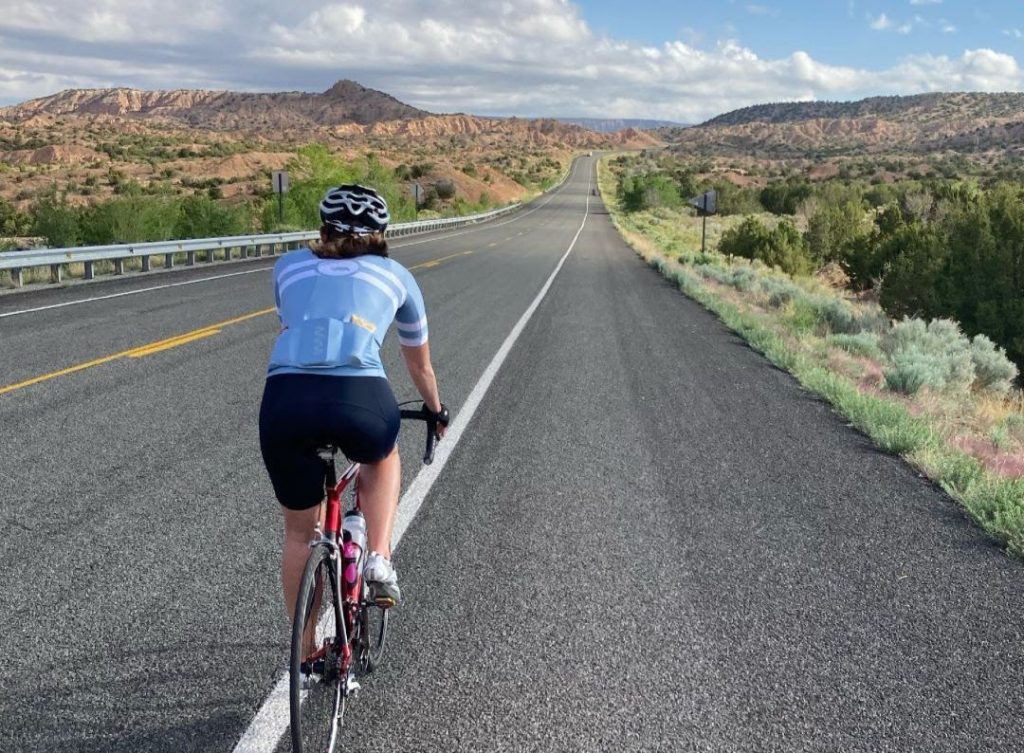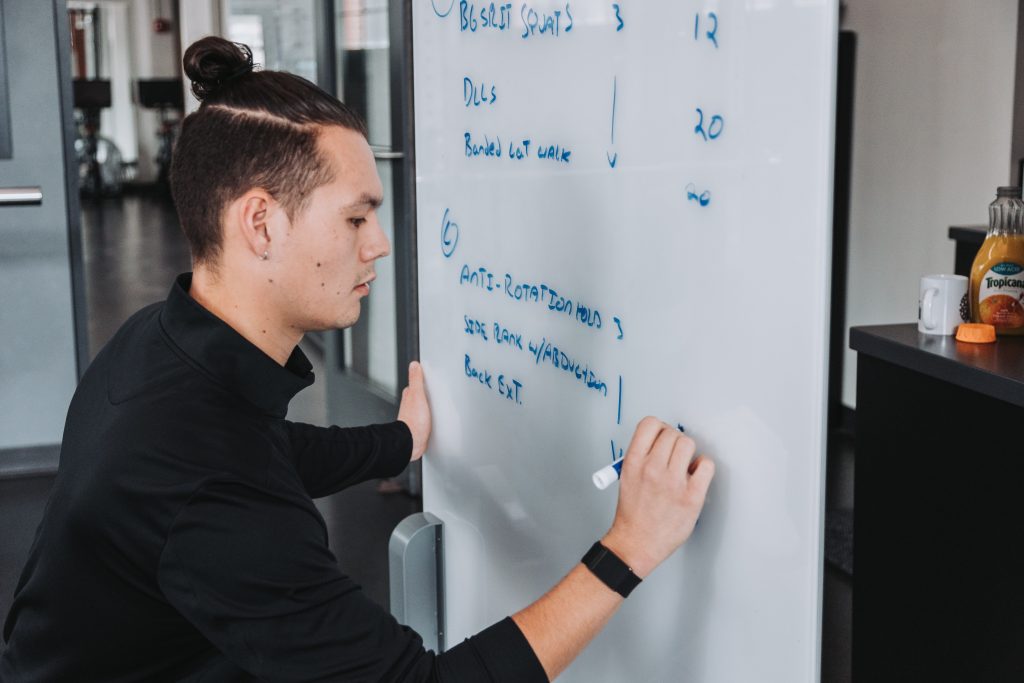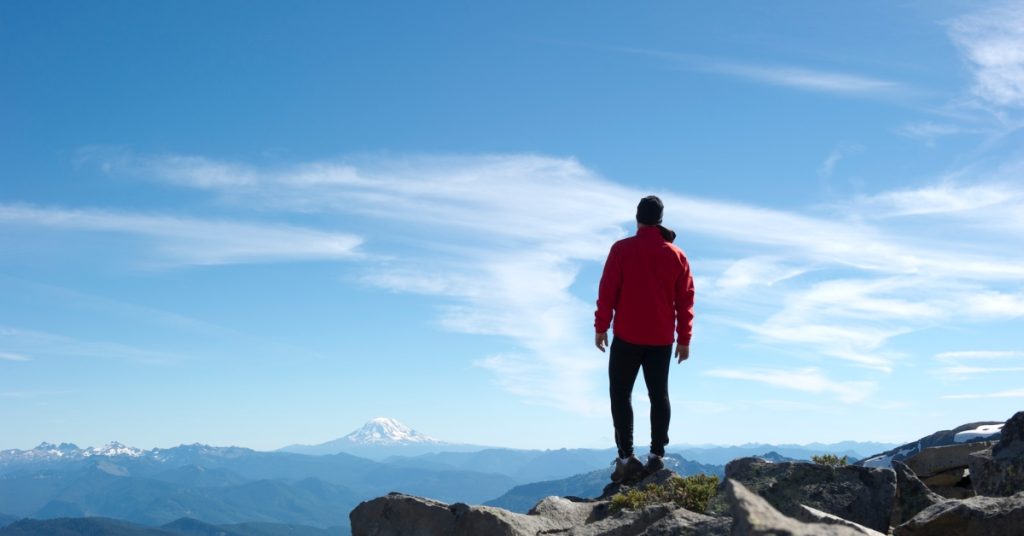Challenge breeds opportunity. Our current global climate requires coaches to get creative, explore new training modes with our athletes, help them expand their athletic identity, and embrace a deeper sense of themselves.
Wintertime also presents challenges for training athletes: colder temperatures, shorter days, holiday indulgence, and traditionally a time of year with fewer races. How do we stay engaged, outside, and fit during the transition season?
Welcome to the world of Nordic skiing!
Why incorporate XC skiing into your training?
“Nordic skiing develops the aerobic system like no other sport. It’s been said if you chew gum while Nordic skiing you’ll be sure to use EVERY single muscle in your body.”
VO2MAX POWERHOUSE
-
- FULL BODY MUSCLE RECRUITMENT
Nordic skiing develops the aerobic system like no other sport. It’s been said if you chew gum while Nordic skiing you’ll be sure to use EVERY single muscle in your body. “Cross country skiing uses a large percentage of your muscle mass, and is more efficient and effective than activities using legs alone or arms alone,” says Randy Clark, exercise laboratory manager of University of Wisconsin Health’s Pediatric Fitness Clinic and a Birkebeiner competitor. The “Birkie” is Wisconsin’s legendary cross country ski race measuring 55km. (1) - RECORD FITNESS
Nordic skiers are consistently among the top VO2Max scorers in the world. The aerobic demands of Nordic skiing are so high due to that full-body recruitment.
In 2012, Norwegian cyclist Oskar Svendsen took the record away from World Cup, Olympian, and the most decorated Nordic skier Bjorn Daehlie who held it since the 1990s. Svendsen’s measured at 97.5 mL/(kg·min) when he was just 18! Daehlie now ties for second place with fellow Nord and Nordic skier Epson Harald at 96 mL/(kg·min).
Female Norwegian Nordic Skiers Bente Skari (74 mL/(kg·min) and Marit Bjorgen (72 mL/(kg·min) are 2nd and 3rd female to 1984 Olympic marathon winner Joan Benoit, who still holds the record at 78.6 mL/(kg·min). Bjorgen notably holds the record for both male and female for the most Olympic medals ever won (15) in the Winter Games. (2)(3)(4)(5)(6)
- FULL BODY MUSCLE RECRUITMENT
“Spatial awareness along with the coordination of the upper and lower body actions develops advanced movement patterns that enhance and transfer to the athletes in-season sports.”
MOVEMENT, SKILL, AND STRENGTH
- BALANCE: The ski surface area of a Nordic ski, especially track race skis designed for groomed trails, is narrow, typically 40-44mm wide. Balance is a key component of skiing. Whether skating or classic skiing (also called striding), single-leg balance on a moving object is required. The transfer of balance training to all sports benefits athletes by improving reaction time, strengthening stabilizers, and keeping them healthy overall by reducing the risk of falling.
- MULTI-PLANAR MOVEMENT: There are two types of cross-country ski disciplines: classic, also called diagonal stride, and skate skiing. During the diagonal stride, skis slide forward and during skate skiing, skis move laterally. Both techniques train balance intensely and require movement in all 3 planes: sagittal (forward/back), frontal (side to side), and transverse (rotation). This multi-planar movement benefits athletes whose primary sport moves predominantly in the sagittal plane as skiing develops more advanced core strength, muscular balance, and movement range.
- TECHNIQUE: Body position over the weighted leg is foundational to optimal ski balance and propulsion. That spatial awareness along with the coordination of the upper and lower body actions develops advanced movement patterns that enhance and transfer to an athlete’s in-season sports.
- POWER: Once balanced on a single ski, forward motion is the goal. The goal is to produce maximal glide on one ski with a powerful push off the other. Force transmits the power from one ski to the next as each leg takes its turn for push and glide. Nordic skiing is a beautiful combination of power and grace. In Mohamed Ali’s words, “float like a butterfly and sting like a bee.”
HOW TO GET STARTED
- RENT
-
-
- Start with heavy, wide, stable skis. There is a giant learning curve to balancing on a moving object that is only centimeters wide.
- Try before you buy. After you’re comfortable on skinny skis, keep renting the lightest, skinniest skis until you are skiing on the top-of-the-line race skis for track or the swankiest touring skis for off-piste. Just like a high-end carbon fiber bike with top-end components, you’ll feel the difference.
-
- TAKE A LESSON
-
- This is one of the most technical sports. Even though most anyone can manage to shuffle around on the snow, you will receive the most benefit from technique to achieve actual kick and glide.
- There are master’s clinics and group workouts available in most cross-country ski areas and you’ll need to be proficient on your skis before joining.
-
PREPARATION
-
-
-
- BALANCE:
- Try balance exercises such as standing on one leg while brushing their teeth.
- Incorporate single-leg exercises into your strength workout: Single Leg Squat and Single Deadlift Touchdowns are great practice for balancing on the front gliding ski.
- Add unstable devices such as balancing on a foam pad, Bosu, or balance disk to create added challenges to better prepare for sliding on skis.
- Try barefoot balance work as tolerated to help simulate skiing’s high demands on the foot muscles.
- SPECIFIC STRENGTH
- Hip flexors get a workout while skiing. Incorporate things such as resisted hip flexor exercises such as banded knee drives.
- Hip extension is also key so deficit lunges, step-ups, deadlifts, and bridges are great exercises to focus on gluteal strength.
- Using the ski poles enhances forward motion for Nordic skiing so upper body strength is essential. Straight arm pulldowns and tricep extensions mimic the movement of the arms best.
- Cross country skiing is an explosive movement; the athlete is actually hopping from one ski to the next. Therefore, plyometric training such as single-leg hops forward and side to side will prepare you for this powerful component of the sport.
- BALANCE:
-
-
SPORTS SPECIFIC
If you embrace cross-country skiing and ski regularly, you will benefit from the sport’s high training demands and will likely end the winter season fitter than when you started. Still, there needs to be a transition from fitness in one sport to specific fitness in another. If you’ve exclusively been Nordic skiing, progressively come back into your in-season sport. Better yet, maintain at least one day a week if not more in your main sport to preserve movement specificity and muscular endurance.
The only challenge for some may be access. If you live far away from snow, then it’s unlikely you will try the sport and regularly incorporate cross-country skiing into your out-of-season cross-training routine. Still, if anyone has an opportunity to visit a cross-country ski area with groomed trails, be sure to experience skiing fresh corduroy on skinny skis: heaven!
Words by:
Alana Gillmore, part of the Thomas Endurance Coaching group, a Nordic Ski Coach, and a PSIA Nordic Ski Instructor. She holds USAT and TrainingPeaks Coach Certifications and is a NASM Certified Personal Trainer and Performance Enhancement Specialist. She received her Bachelors of Science from the University of California at Berkeley and lives in California’s High Sierra where she Nordic skis and plays in the mountains. You can find more about her and TEC at https://www.thomasendurancecoaching.com
This article was originally featured in TrainingPeaks.
References:
- https://www.uwhealth.org/health-wellness/top-10-reasons-cross-country-skiing-is-good-for-you/44929, Top 10 Reasons Cross Country Skiing is Good for You, University of Wisconsin Health, Date Published: 01/13/2015
- https://www.vismaskiclassics.com/news/articles/vo2-max-the-magic-proof-of-endurance-power/ VO2 MAX – THE MAGIC PROOF OF ENDURANCE POWER, 12/14/2018
- https://www.topendsports.com/testing/records/vo2max.htm, Highest VO2max records.
- (4)https://www.ncbi.nlm.nih.gov/pmc/articles/PMC5642331/ The Physiological Capacity of the World’s Highest Ranked Female Cross-country Skiers,
Med Sci Sports Exerc. 2016 Jun; 48(6): 1091–1100.
Published online 2016 May 16. doi: 10.1249/MSS.0000000000000862
PMCID: PMC5642331 PMID: 26741124, - Tom Rogers, https://www.norwegianamerican.com/the-fittest-of-them-all-endurance-athletes/ Feb 2014
- Wikepida, Bjorn Daehlie/ Marit Bjorgen
- Rossignol, https://www.rossignol.com/us/rossignol-nordic/rossignol-nordic-skis-equipment.html?gc_typesb2c=2161&price=655.00-800.00,149.00-800.00




